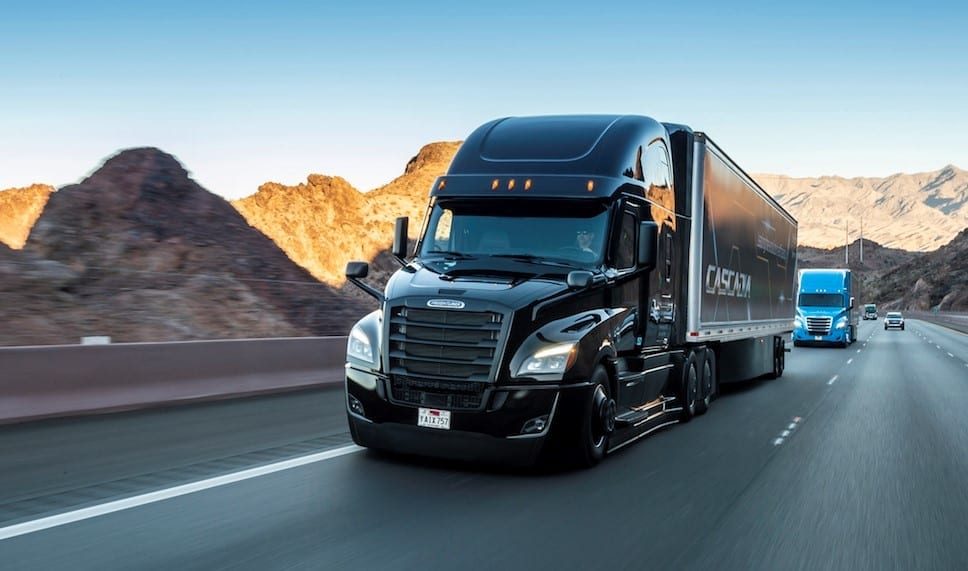As more fleets look to medium- and heavy-duty electric vehicles (EVs), they can benefit from the lessons learned by early adopters on the frontlines of EV deployments.
Over the last decade, OEMs and fleets have researched and tested electric technology, and in many scenarios, worked with utilities and funding agencies to deploy solutions that foster widespread adoption of EVs in commercial applications.
Working closely with industry leaders, Gladstein, Neandross & Associates (GNA) has been fortunate to be on the frontlines of many of these cutting-edge projects, helping to navigate the challenges and opportunities of electrification. Along the way, we identified valuable lessons that could prove to hasten progress and see quicker return on investment for those transitioning to electric.
As more fleets look to medium- and heavy-duty EVs, they can benefit from the lessons learned by early adopters.
United Front to Create an Electric Ecosystem
The success of EVs is dependent on the strength and commitment of each stakeholder involved, including funding and government agencies, OEMs, utilities, fleet operators, vehicle maintenance technicians, and all the way up to the executive leadership.
Last year at ACT Expo, Daimler Trucks North America (DTNA) committed to leading the industry transition by announcing, “The Future is Electric.” To realize this vision, Daimler (DTNA) is working with several dozen of their top fleet customers to deploy and test medium- and heavy-duty trucks in demanding, everyday operations. Their efforts are built on the foundation of “co-creation,” allowing the customer to play an active role in the development and commercialization of this groundbreaking technology. A large grant provided by the South Coast Air Quality Management District (AQMD) boosted these efforts, allowing DTNA to deliver their first commercial electric trucks to Penske and NFI.
The success of EVs is dependent on the strength and commitment of each stakeholder involved.
Likewise, the Volvo LIGHTS project in Southern California highlights the importance of bringing public and private entities together to address the complexities fleets face when transitioning to electric. As a partnership between Volvo Group, South Coast AQMD, Southern California Edison, TEC Equipment, NFI, Dependable Supply Chain Services, infrastructure developers, and workforce development entities the project brings together the components necessary to lay the fundamental groundwork for widespread EV commercialization.
Pave the Way with Pilot Programs
Many fleets have found success piloting new EV technology prior to making commercial deployment commitments, which provides valuable data and an opportunity to gauge how the vehicles operate under real-world driving conditions.
Following the operation of nearly 300 electric box trucks in its operations over the last decade, Frito-Lay, a division of Pepsi Co., is now working to replace all existing diesel-powered freight equipment with zero- and near-zero emission technologies at its Modesto, Calif. Location. The project is a collaborative effort with a variety of partners, including the California Climate Investments, the San Joaquin Air Pollution Control District, and GNA.
Many fleet have found success piloting new EV technology prior to making a commercial deployment, which provides data based on real-world driving.
Utility Partners Can Provide Assistance
The above projects, and others, have shown that early engagement with the local utility is critical to success. Electric utilities can help determine energy needs, charging infrastructure requirements, vehicle compatibility, grid upgrades, and more.
California’s three major utility providers — the Pacific Gas & Electric Company, Southern California Edison, and San Diego Gas & Electric — have launched EV programs in which fleet customers in each utility territory can take advantage of grants, incentives, and special commercial energy rates to reduce the cost of charging infrastructure and electricity.
Funding is Available
The utility grants and incentives can be stacked with funding from state, local, and federal agencies to further reduce the cost of EVs. Engaging with partners now while funding is available is key to reducing initial overhead costs and seeing quicker ROI.
Funding from local, state and federal agencies can be stacked to further reduce the cost of EVs.
Additionally, working with partners to research and secure funding opportunities is critical to fleet success, as the process can be complex and time-consuming. Currently, GNA tracks over 500 grant and incentive programs available to the clean transportation sector in the U.S. and Canada — representing more than $1 billion annually in incentive opportunities.
To date, GNA has secured over $700 million on behalf of clients to support deployment of emissions-reducing technology. We also work with fleets to take advantage of the utility programs and lucrative state and federal programs like the Low Carbon Fuel Standard (LCFS).
Learn more from the industry leaders discussed in this article, and more, during ACT Virtual, a 4-month, online education series that will spotlight the latest vehicle technology and fueling infrastructure innovations. Register at act-virtual.com.


